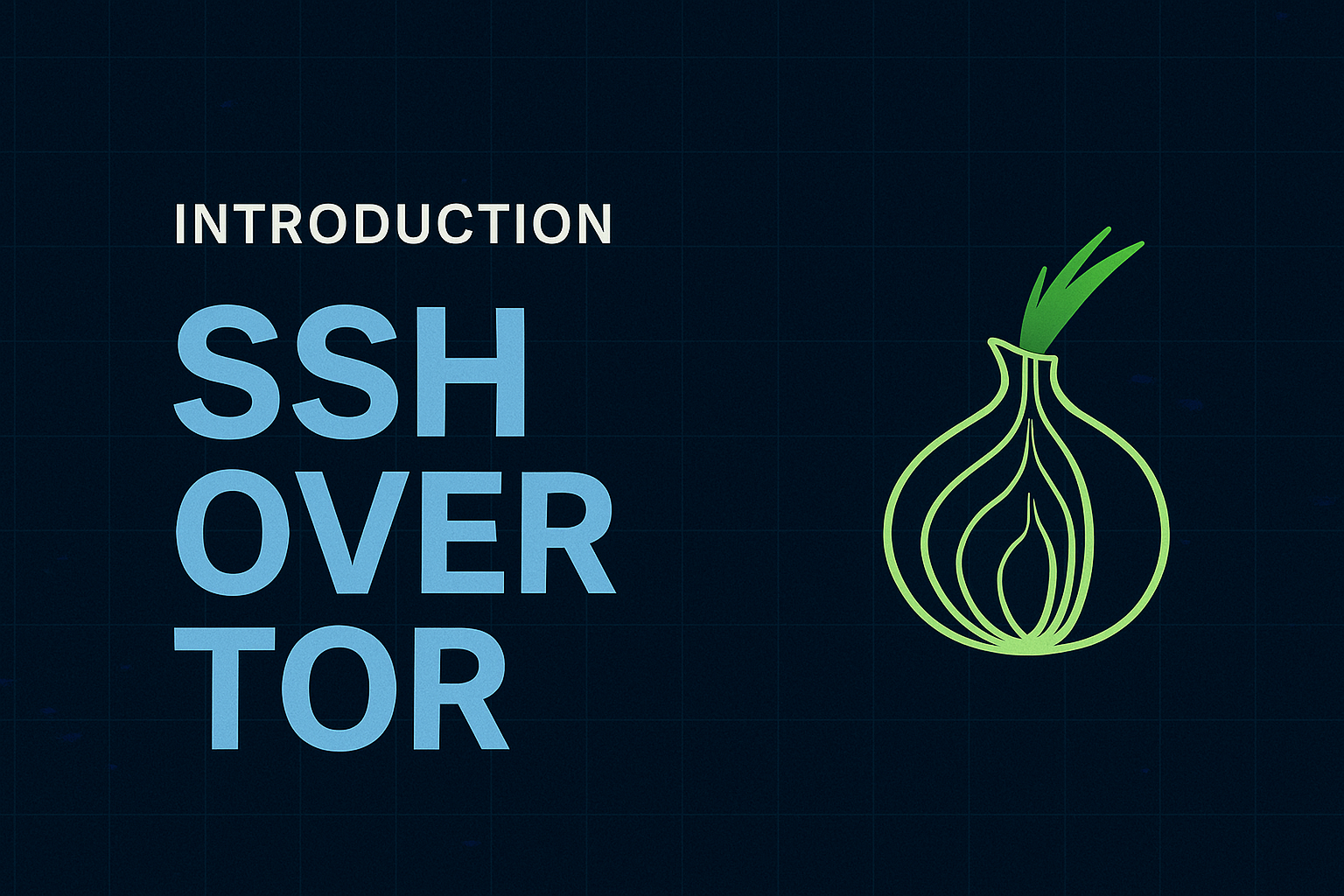SSH Over Tor Cool, Practical, or Just Tinfoil Hats?
Introduction
When I first encountered the idea of tunneling SSH traffic over Tor, two things came to mind: it sounded incredibly cool—and frustratingly complex. There was also a sense that it might edge me a little closer to feeling like a hacker. This article walks through how SSH over Tor works, how I set it up myself, and whether it’s actually practical… or merely a tinfoil‑hat experiment.
Table of Contents
- Introduction
- What Is Tor and How It Works
- Why Use Tor with SSH
- Setting Up SSH Over Tor
- Benefits and Limitations
- Conclusion
What Is Tor and How It Works
Tor, short for The Onion Router, is often associated with dark web access or illicit activity. In truth, it’s a network designed to anonymize traffic by encrypting and bouncing it through multiple volunteer-run relays around the world. Each “layer” of encryption is peeled away at a relay, masking your true origin and destination. In simple terms, Tor takes a network request and sends it through a random path across the globe, disguising where the traffic originated and where it’s headed.
Why Use Tor with SSH
Integrating Tor with SSH allows you to wrap your SSH connection inside Tor’s anonymity network. I experimented with this setup using an Oracle Linux server hosted in the U.S. via Google Cloud and connected from my home in Canada. My SSH session was sent through multiple Tor relays and emerged in France before traveling back to North America to reach the server. This extra hop obscured my geographic source: to the server, it appeared my connection came from France, not Canada.
So what did this extra layer provide? Essentially, a local Tor‑enabled proxy intercepted SSH traffic and sent it along Tor’s network. This approach disguises metadata like your IP address, SSH port usage, and traffic protocol from third parties including your ISP or cloud provider.
Setting Up SSH Over Tor
Here’s how I configured SSH over Tor on my Mac:
Install Tor and support tools:
1 2
brew install tor torsocks brew install connect
torsocksallows programs like SSH to use a SOCKS proxy, whileconnectwraps non‑proxy‑aware programs to route through Tor.Start the Tor proxy server:
1
brew services start tor
Configure SSH to use the proxy: In your
~/.ssh/config, add:1 2 3 4 5 6
Host rhel_jump HostName 34.135.249.184 User richard Port 22 IdentityFile ~/.ssh/includes.d/rhel_jump/rhel_jump ProxyCommand connect -S 127.0.0.1:9050 -4 %h %p
Use the command:
1
torsocks ssh rhel_jump
Or add a handy alias in your shell:
1
alias tssh='torsocks ssh'
Once set up, you can even route browser traffic through the same Tor proxy.
Benefits and Limitations
Without Tor, SSH traffic reveals unencrypted metadata—like where the connection is coming from, the specific port, and protocol being used. Cloud providers and ISPs can easily observe this. In contrast, Tor encrypts your traffic as it moves between you and the exit relay; only after it leaves Tor does it appear as standard SSH, and the apparent origin looks like a Tor exit node—France in my case, not Canada.
Benefits:
- Masks your SSH source IP address
- Shields metadata like protocol and port usage
- Adds modest anonymity, useful in pentesting or privacy‑conscious tasks
Limitations:
- Increased latency due to Tor relay routing
- Not suitable for heavy everyday SSH use
- Anonymity is only as strong as the Tor network and exit nodes
Conclusion
Is SSH over Tor the ultimate tool of hackers? Not quite. It does provide an additional anonymity layer, but it’s not practical for daily use. Is it cool? Definitely—setting it up is satisfying. Is it practical? For pentesting and adversary‑simulation, yes. But if you use it for everything, that’s when it turns tinfoil‑hat territory. Choose wisely based on your use case.
Need Linux expertise? I help businesses streamline servers, secure infrastructure, and automate workflows. Whether you’re troubleshooting, optimizing, or building from scratch—I’ve got you covered.
📬 Drop a comment or email me to collaborate. For more tutorials, tools, and insights, visit sebostechnology.com.
☕ Did you find this article helpful?
Consider supporting more content like this by buying me a coffee:
Your support helps me write more Linux tips, tutorials, and deep dives.

